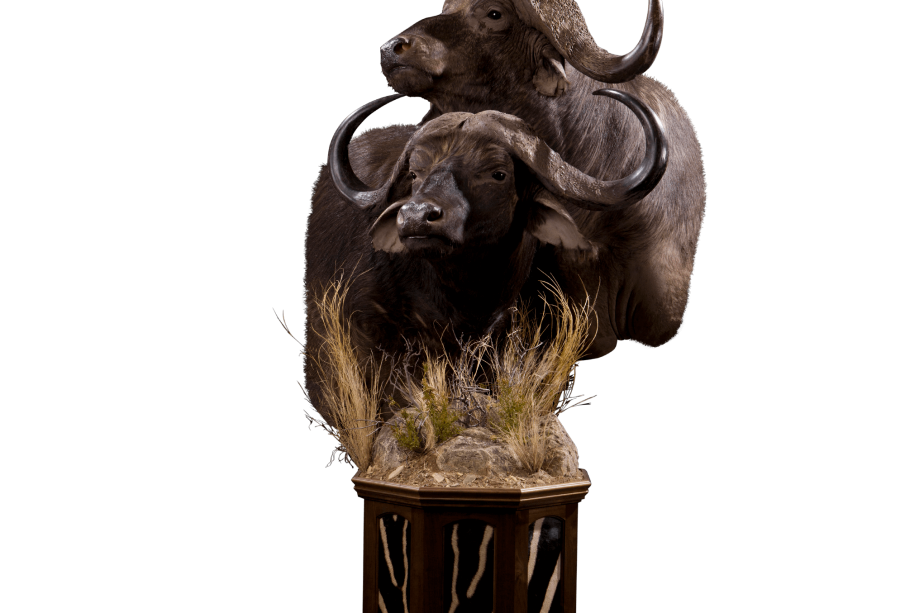Understanding the Cape Buffalo: A Mighty African Icon

Introduction to the Cape Buffalo
The Cape Buffalo, also known as Syncerus caffer, is a large African bovine significant for both its ecological role and cultural value. Known for its formidable presence and unpredictable nature, the Cape Buffalo is one of the famed “Big Five” game animals, drawing attention from wildlife enthusiasts, researchers, and conservationists alike. Understanding this powerful herbivore is crucial as it reflects broader themes in wildlife conservation and human-wildlife interaction.
Physical Characteristics and Behavior
The Cape Buffalo can weigh up to 1,000 kilograms and possesses distinct, curved horns that can grow to impressive sizes. These animals exhibit strong herd behavior, often forming large groups that provide safety in numbers against predators like lions and hyenas. Despite their size and strength, adult Cape Buffalo have a complex social structure, and dominance hierarchies can often be observed among males in the herd.
Habitat and Distribution
Native to sub-Saharan Africa, Cape Buffalos inhabit diverse ecosystems ranging from savannas to forests and wetlands. They are highly adaptable grazers that can thrive in various environments, although they prefer areas near water sources. Recent studies highlight concerns regarding their declining populations in some regions due to habitat loss and poaching, necessitating ongoing conservation efforts.
Current Conservation Efforts
Conservation organizations are actively working to protect Cape Buffalo populations. Initiatives include anti-poaching campaigns, habitat restoration projects, and community education programs that promote coexistence. Notably, wildlife tourism has emerged as a vital tool for conservation funding, as the presence of Cape Buffalo in national parks greatly contributes to the local economy.
Conclusion: The Significance of Cape Buffalo
The fate of the Cape Buffalo is a reflection of broader environmental issues faced throughout Africa. As their populations face pressures from human activities, preserving these incredible animals is not only crucial for biodiversity but also for maintaining the integrity of ecosystems where they play a vital role. For readers, understanding the plight of the Cape Buffalo is essential, as it underscores the importance of supporting conservation efforts that ensure these magnificent animals continue to grace the African landscape for generations to come.









